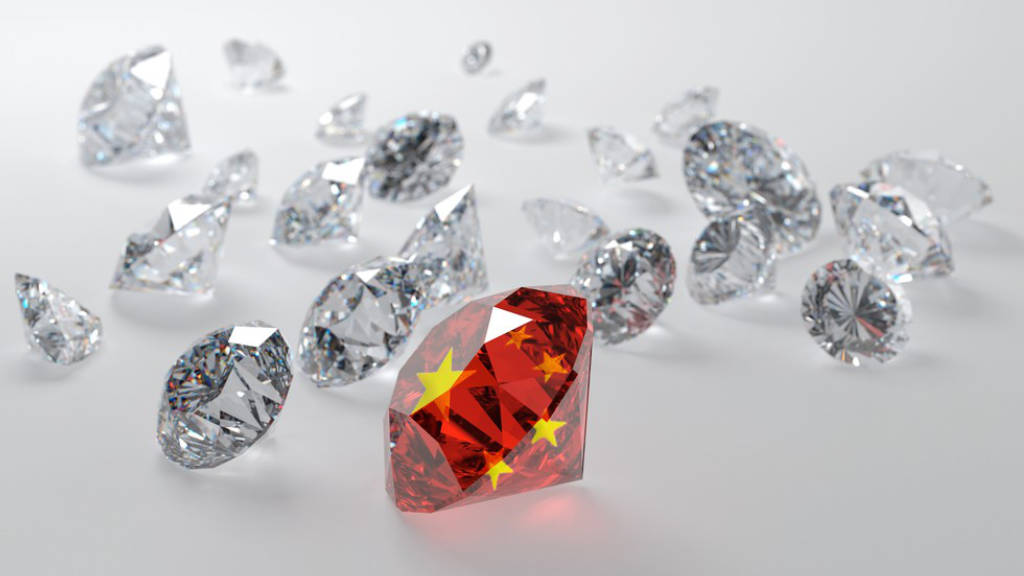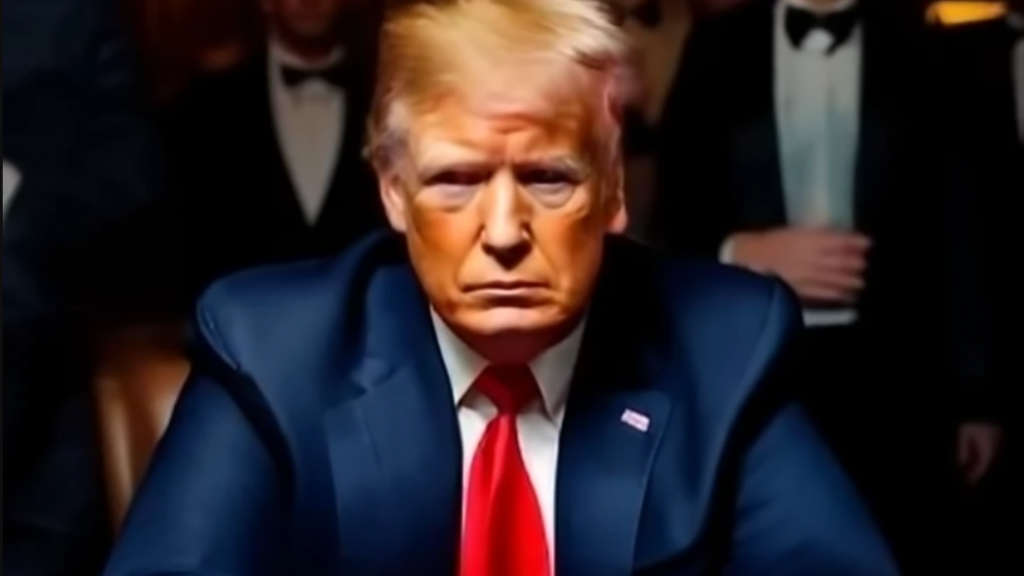Money Can’t Buy Me Love, but Diamonds Are Forever
Russia has imported a significant quantity of diamonds from China for the first time, with 35,000 carats of the gems, worth more than US$12 million, imported last month, based on Chinese customs data. Both countries had stated that barter could be used to settle trade transactions due to financial sanctions difficulties, and this appears to be the case here.
According to the Chinese GeneraI Customs Administration, China exported 35,230 carats (7kg) of non-industrial unpolished processed diamonds to Russia in August for a declared value of US$12.4 million. The previous largest diamond transaction between the two countries was in 2013 and involved stones worth just US$200,000.
China’s diamond industry is among the world’s largest industrial diamond producers, and it has become one of the world’s leading players in the diamond market. With a growing middle class and an increasing interest in luxury goods, demand for diamonds in China has skyrocketed, creating new opportunities for local and international diamond producers.
Russia is the largest diamond mining country. Exploration, mining, processing and sale of diamonds in Russia is mostly carried out by one company – Alrosa, which accounts for about 95% of all diamonds mined in Russia. In 2016, the company established the Eurasian Diamond Center (EDC) in Vladivostok’s Free Trade Zone, where diamond products are traded, relevant certificates of release and export operations are processed for buyers.
Three other major players in the global diamond trade are Dubai and India, which provide most of the cutting and polishing services in the jewelry trade, while Hong Kong is a major transaction center. About 90% of Russian diamond processing takes place at Indian diamond cutters – some based in Vladivostok – while Chinese account for about 5%, although the Chinese share of this industry is growing.
The Netherlands also used to be an important centre for cut diamonds due to its connections with South Africa. However, with the EU imposing rigorous (and expensive) 2023 tests to ensure no Russian diamonds enter the EU market, the Dutch market has significantly declined. This has meant that the European market has deprived itself of additional revenue from the Russian diamond industry, while Russia has simply transferred this trade to alternative Asian markets.
Although the transactional volume in this trade is small in the larger scope of Russia-China bilateral trade, this deal does show how financial sanctions can be overcome by simply exchanging products. The barter route may only be a temporary solution. From 2025, both Russia and China intend to use cryptocurrency transactions. Russia passed legislation permitting crypto to be used from September 1 this year, and has authorised its banks to provide cryptocurrency services as part of their regular transactional services to their customers from July 1 2025. China meanwhile has processed nearly US$1 trillion in crypto foreign trade settlements over the past 18 months.
Further Reading






